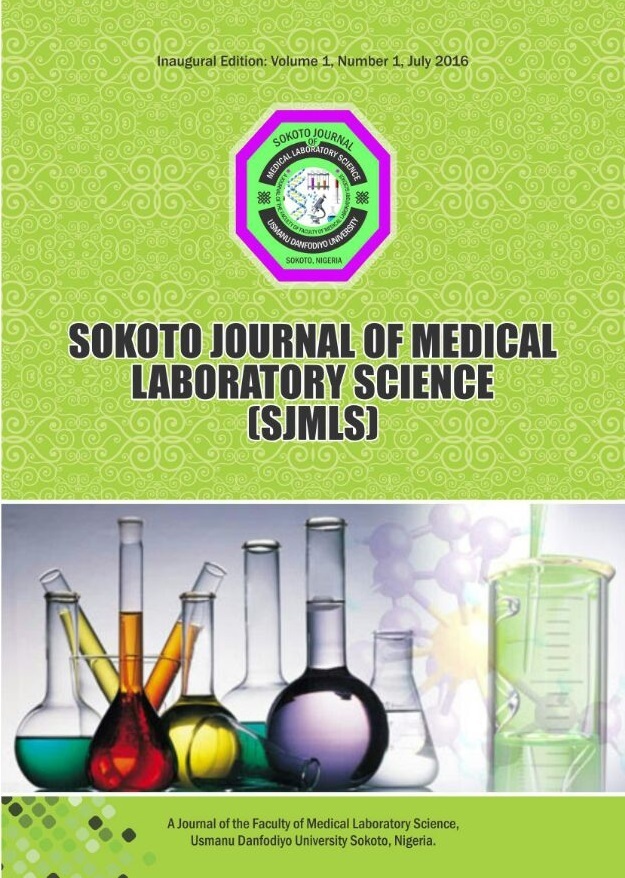Antiplasmodial activity of hydroethanol extracts of Carica papaya fruit peels and Citrus aurantifolia fruits.
Keywords:
Citrus aurantifolia, Carica papaya, antiplasmodial, Antimalarials, hydroethanol, % parasitemia.Abstract
Malaria is a contagious ailment caused by Plasmodium parasites. The antimalarial activity of different parts of Citrus aurantifolia and Carica papaya except the fruits has been extensively reported. Thus, this study was aimed at evaluating the in vivo antiplasmodial effects of crude hydroethanol extracts of C. papaya fruit peels and C. aurantifolia fruit (singly and combined), using the Peters’ 4-day suppressive and preventive test in mice. The results of the suppressive study with extracts of C. papaya, C. aurantifolia and the combined extracts gave % parasitaemia of 29.60±1.14, 34.40±1.14 and 19.60±1.82 respectively. While in the preventive study, pre-
treatment with extracts of C. papaya, C. aurantifolia and the combined extract caused higher reduction in % parasitemia of 24.00±1.58, 28.80±2.39 and 16.20±0.84 respectively, when compared with the reduction seen in the suppressive test. Also, treatment in the suppressive test with crude hydroethanol extracts of either plant did not stop reduction in PCV of the mice.
However, pre-treatment with hydroethanol extracts of C. papaya and the combined extracts prevented a significant (p<0.05) drop in PCV levels. Thus, in this study, all extracts demonstrated varied in vivo antiplasmodial activity, with the combined extracts giving the best activity overall. The results have revealed the pharmacological basis and partly explain why the two fruits are used to treat suspected malarial cases by traditional healers. Thus, the combined extract is a potential candidate for new antimalarial drug development.




